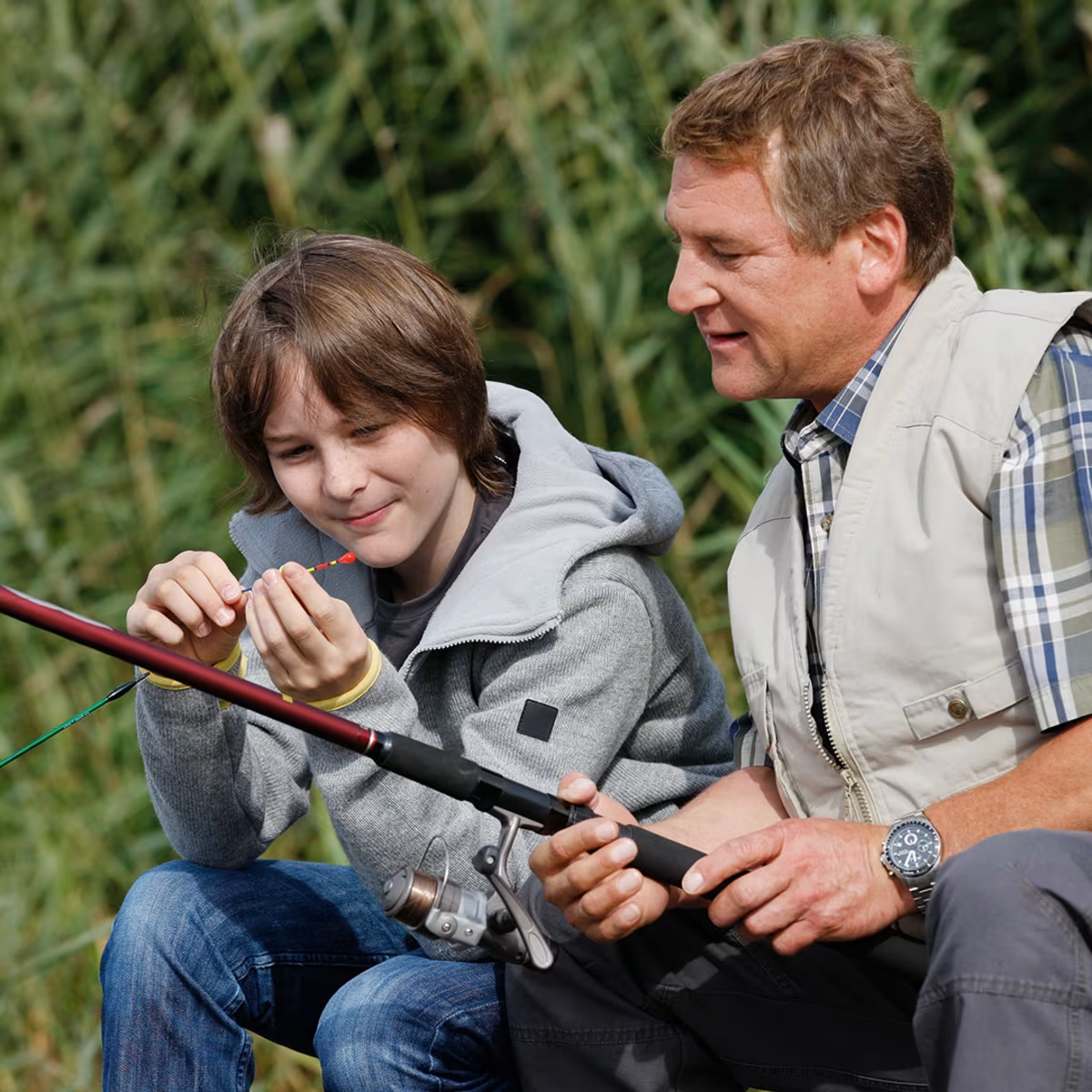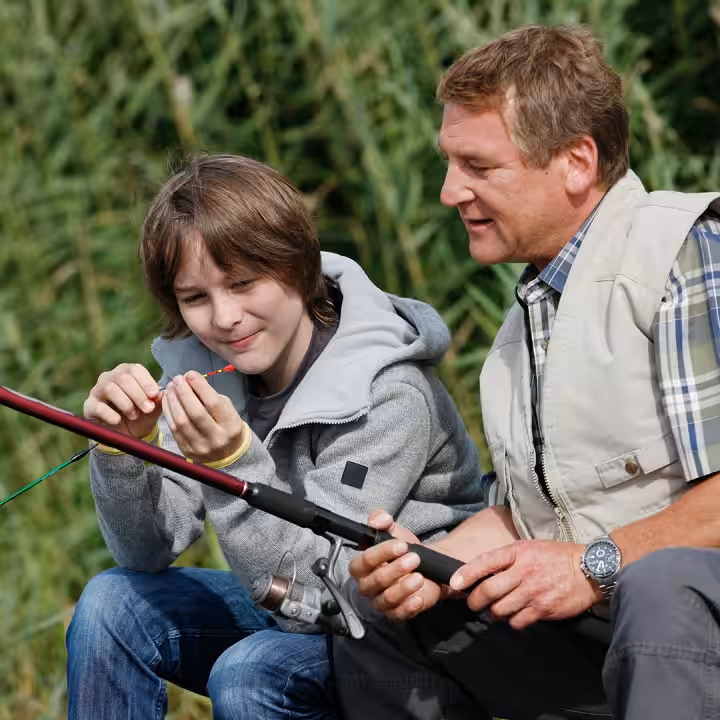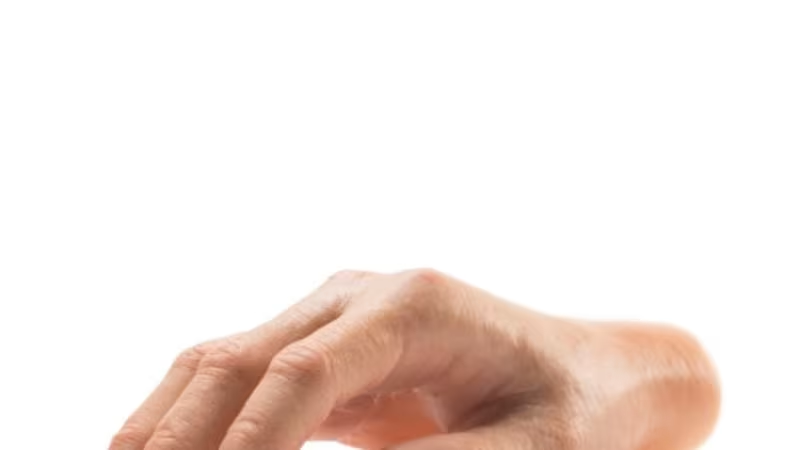


Život s amputacijom prsta
Što se događa prije amputacije prsta? Što se događa poslije? Kakav će biti vaš život s protezom? Ljudi suočeni s amputacijom postavljaju si ova i mnoga druga pitanja. Ovdje možete pronaći odgovore.
Što se događa prije amputacije prsta? Što se događa poslije? Kakav će biti vaš život s protezom? Ljudi suočeni s amputacijom postavljaju si ova i mnoga druga pitanja. Ovdje možete pronaći odgovore.
Amputacija prsta/djelomična ampuacija šake – što sada?
Naše ruke kombiniraju senzorne, motoričke i društvene funkcije. Uvijek su vidljive i način su predstavljanja kada ostavljamo prvi dojam: Jesu li nam ruke čiste? Jesu li nokti njegovani? Često se rukujemo kada se pozdravljamo. Sklapanje ugovora zapečaćeno je rukovanjem. Kako se kao osoba s amputacijom nositi u takvim situacijama?
Danas se amputirani udovi mogu zamijeniti protezom šake i prsta. Takve proteze izrađene su od silikona i izgledaju stvarno. Silikonska proteza za ruke ili prste u svakodnevnom životu često u početku prođe nezapaženo.
Uzroci amputacije
Koje su razine amputacije?
Naše ruke nam omogućuju izvođenje raznih složenih pokreta, tako da svaki dan koristimo svoje prste i šake u različite svrhe.
Vaš kirurg će učiniti sve što je u njegovoj moći da sačuva što je više moguće vaše ruke. Amputacije šake i prsta izvode se na različitim visinama koje se nazivaju razinama amputacije.
Opseg ozljede određuje razinu amputacije. Kada se cijela šaka mora amputirati na zapešću, to je poznato kao amputacija šake. Amputacija prsta je kada se mora amputirati jedan ili više prstiju. Svaka amputacija između prsta i šake je djelomična amputacija šake.
Vaša nova ruka
Nakon amputacije, moderna ortopedska tehnologija omogućuje opskrbu zahvaćene ruke - protetičkom šakom, parcijalnom šakom ili protezom za prst.
Dizajn vaše proteze za šaku ili prsta ovisi o razini amputacije: ako je preostala duljina bataljka nakon amputacije prsta najmanje 2 cm, moguća je ugradnja silikonske proteze za prste. Ako je bataljak kraći ili nedostaje dio šake, koristi se silikonska djelomična proteza šake.
Broj amputiranih prstiju nema utjecaja na odluku o provođenju ugradnje proteza prsta ili djelomičnom protezom šake.
Nemoguće je općenito predvidjeti koje će funkcije vaša ruka moći ponovno obavljati s protezom ili kako će vaša ruka izgledati nakon amputacije. Stanje bataljka značajno varira među pojedincima. Također je korisno posavjetovati se s ortopedskim tehničarom čak i prije amputacije, kako biste utvrdili koje bi vam proteze mogle odgovarati u budućnosti. To će vam omogućiti bolje razumijevanje onoga što možete očekivati za vrijeme rehabilitacije.

Mogućnosti proteze
Proteza će vam pomoći povratiti funkcije izgubljene zbog amputacije. Ponovno ćete moći pasivno držati i hvatati predmete. Nošenjem proteza izbjeći ćete naprezanje i postići uravnotežen slijed pokreta. Ponovno dobivanje ovih funkcija može vam pomoći vratiti samopouzdanje i neovisnost.
Naravno, bitno je naglasiti i estetsku prednost.
Prirodan izgled proteze pomoći će vam u društvenoj integraciji u svakodnevnim aktivnostima - dan za danom.

Koje su prednosti silikonske proteze za prste?
Vaša silikonska proteza ispunjava brojne tehničke funkcije. Slijedi sažetak onoga što silikonska proteza može ponuditi:
Sigurna fiksacija
Udobnost
Tanki rubovi ležišta
Kompatibilnost s kožom
Anatomski ispravan oblik
Estetski dizajn
Lako rukovanje
Jednostavna njega
